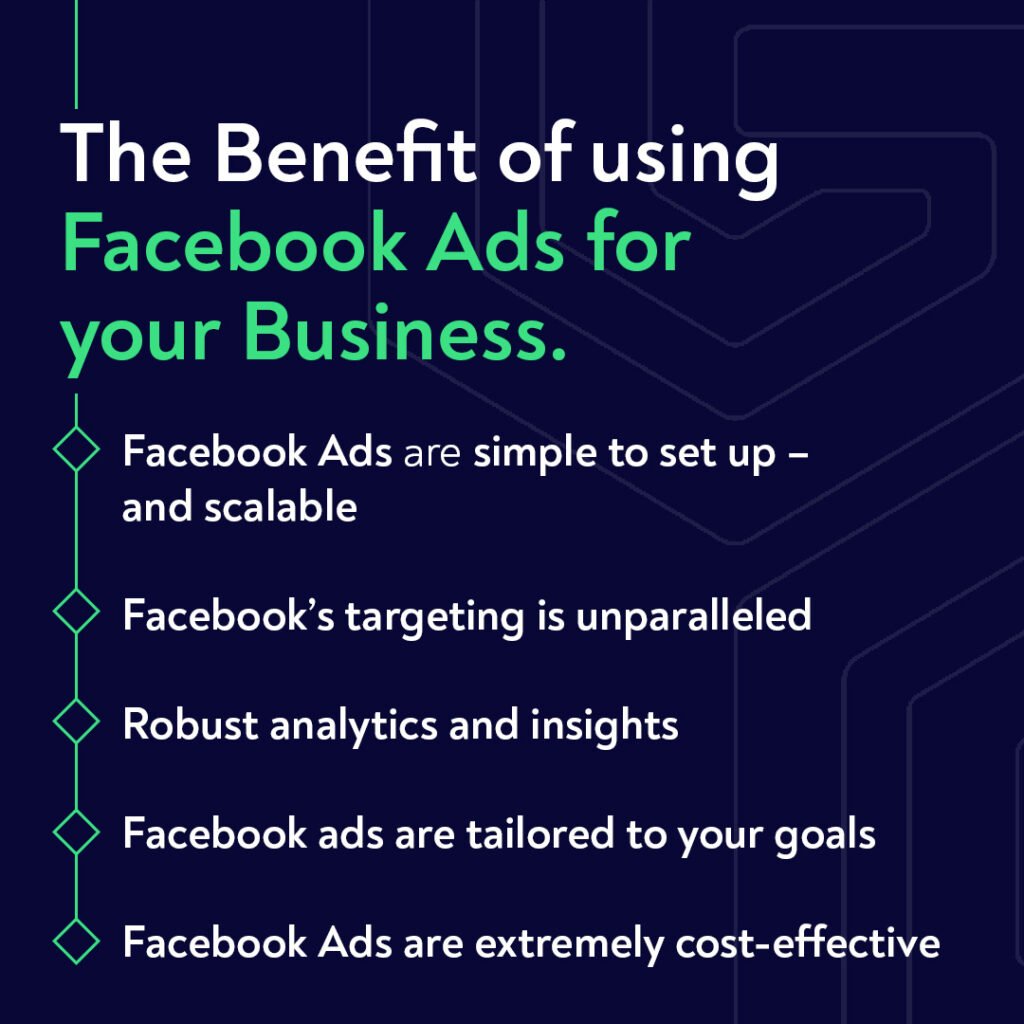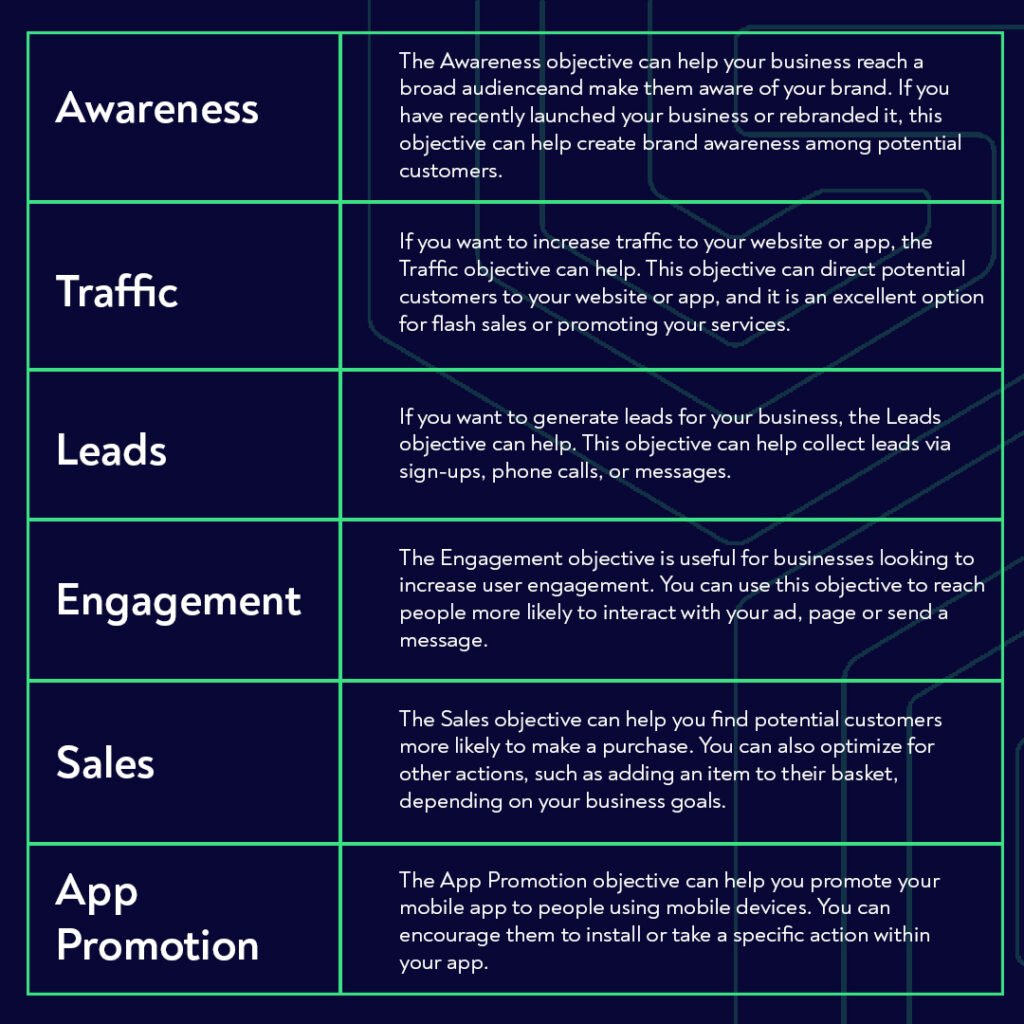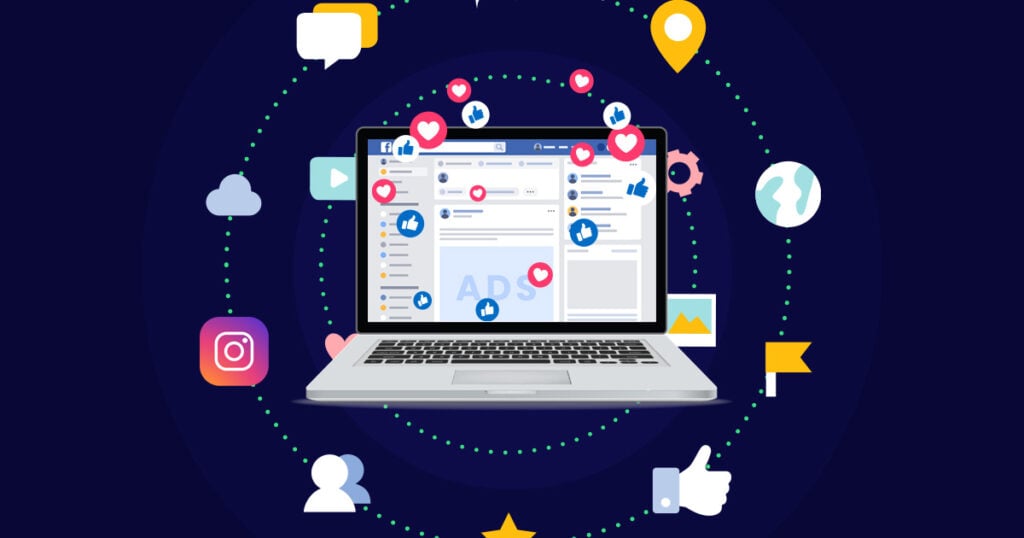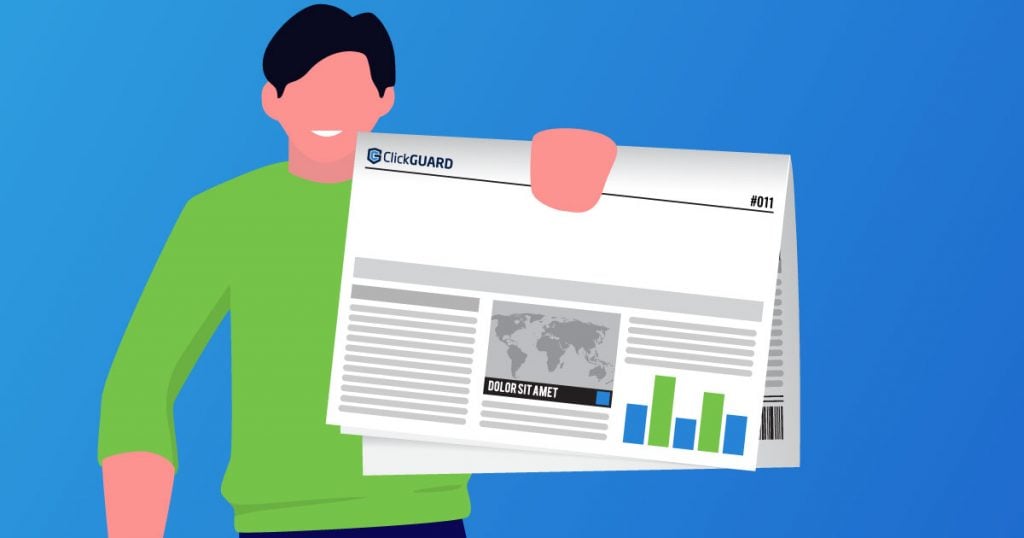Facebook and the wider Metaverse are the perfect platforms for businesses looking to increase their reach, drive conversions, and remain relevant in today’s world of digital marketing. Running Facebook Ads gives businesses access to a massive user base, unparalleled targeting capabilities, in-depth analytics, and high returns on ad spend.
With 2.9 billion monthly active users worldwide – nearly 30% of the global population – Facebook still captivates one of the world’s largest audiences. It has grown over the years from a small social website for Harvard university students into a multi-billion dollar platform that allows users to connect with others, share photos and videos, join groups and communities, and – more importantly – promote their business.
And despite Facebook’s controversial founding history, the infamous 2010 Cambridge Analytica scandal, and various other scandals over the last decade, it still stands the test of time to remain the social media giant few other platforms can contend with. The number of Facebook users continues to grow – which is one of the many reasons why 90% of marketers are advertising on it.
From small startups to multinational corporations, businesses of all sizes can leverage Facebook’s advertising network (which includes Instagram and the Meta Audience Network) to drive growth and connect to their audiences on a more personal level. But what exactly are today’s best practices, useful features, and other benefits of using Facebook Ads that businesses should be aware of?
Whether it’s your primary form of marketing or just a portion of your overall strategy, here is what you should know about the benefits of using Facebook Ads for your business:

1. Facebook Ads are simple to set up – and scalable
One of the most compelling reasons for businesses to use Facebook Ads is the ease with which they can be set up. Facebook takes you through a step-by-step process where you select the type of ad, choose your target audience, and set your budget for a certain timeframe. The process is also highly customizable with a variety of ad formats, delivery, and bidding options available. From pay-per-click to pay-per-impression or pay-per-action, businesses can tailor their advertising approach to meet their specific needs.
All that you need to get started is to create a Facebook page or be given an advertisers role for an existing page. You can create ads from the page itself or use the ad creation tool. You can then use the Ads Manager or the Ads Manager mobile app to view your ads, make changes, and see results for each unique campaign you’ve created.
Once your ads are approved by Facebook and go live (which usually takes about 24 hours), your ad will start showing results almost immediately. And depending on your budget, it can reach thousands of people in just a few days.
Another great benefit of advertising on Facebook is that its ads are scalable across social media platforms such as Instagram, Messenger and the wider Meta Audience Network. This enables businesses to extend their reach beyond Facebook with little to no effort at all – and opens new ways to engage with audiences via Instagram, Instagram stories, mobile apps, and more.
2. Facebook’s targeting is unparalleled
Because Facebook owns the wealth of data of billions of users, its targeting capabilities can dig deeper than any other platform. You can focus your marketing efforts on specific interests, behaviors, age groups, gender, job description, connections, locations, languages, and a lot more. You can combine and layer them to eliminate users who are not your target market, and it is even possible to target individuals who are fans of your competitors.
This level of granularity can be extremely useful as it allows you to create highly personalized ad campaigns that deliver relevant ads to the right people at the right time. Facebook’s targeting capabilities also include psychographic targeting, which allows advertisers to target users based on their interests, hobbies, spending habits, and behaviors. For example, advertisers can target users who are interested in fitness or who frequently travel. This level of targeting enables advertisers to create highly personalized campaigns that resonate with their exact target audience.
In addition to these targeting options, Facebook’s Lookalike Audiences feature enables businesses to attract people who share similar characteristics to their existing customers. A Lookalike Audience uses an existing custom audience of your choice for its source audience. When you create your Lookalike Audience, you can use a percentage range to customize the level of similarity you would like between your Lookalike Audience and your source audience. Typically, Lookalike Audiences that closely resemble their source audience are considered more advantageous.
Facebook’s retargeting feature is also great for reengaging with people who have previously interacted with your brand. By using Facebook’s Custom Audiences, you can utilize sources such as your own customer lists, website traffic, or engagement on different Meta platforms to retarget people who are already familiar with your business. Note that it is necessary to integrate the Meta pixel into your website in order to do this.
3. Robust analytics and insights
Facebook’s analytics and insights are a major selling point for advertisers who want to ensure they are making the most of their advertising budget. With powerful analytics tools you wouldn’t find on any other social media platforms, businesses of any size can gain detailed insights into their ad campaigns’ performance and make informed decisions about how to improve their results.
Facebook provides you with a wealth of metrics to track your business’s performance on the platform. You can easily access information about your weekly reach, post engagement, and page likes, as well as identify which of your posts are performing best. However, the insights provided by Facebook go beyond surface-level. You can also gain valuable data on clicks, conversions, and sales.
Facebook’s Breakdowns in Ads Manager feature provides detailed breakdowns of audience age, gender, location, device type, and more, as well as breakdowns for different ad types and user actions. Furthermore, Attribution Reports help businesses to measure the impact of their ads and identify the most important touchpoints that funnel across multiple publishers, channels, and devices.
And for fine-tuning ad campaigns, Facebook offers ad comparisons and split-testing options, such as A/B testing, which allows marketers to display nearly identical ads with minor differences to see which adjustments perform better over time.
Finally, Facebook’s ad forecasting and performance estimates are another invaluable tool for marketers who wish to plan ahead. Facebook can make estimates about how many people might be reached and how many conversions (or other results) might be gained per day with a full ad budget. This Estimated Daily Results feature is especially useful for brands that want to make fine adjustments during their ad campaigns.
Overall, Facebook’s robust analytics and insights give businesses access to powerful data that can help them greatly optimize their ad campaigns. With a wide range of tools available, including ad measurement, attribution reports, ad comparisons, split-testing options, and ad forecasting, businesses can make more informed decisions about their advertising strategy and improve their Return On Investment (ROI).
4. Facebook Ads are tailored to your goals
Whereas Google Ads are more tailored towards getting clicks and conversions, Facebook Ads are designed to meet to your specific business goals. Whether you want to increase engagement on a post, drive traffic to your website or generate leads for your business, the platform allows you to choose from a range of objectives that might best suit your advertising needs.
If you’re planning a Facebook ad campaign, it’s essential to choose the right objective to achieve your goals. Here are the various campaign objectives available on Facebook:

The customizable nature of Facebook Ads also enables you to create ads that reflect your brand and target audience. Facebook Ads offers a variety of ad types, including photo, video, stories, carousel ads, slideshow ads, collection ads, Messenger ads, and interactive playables. This flexibility in ad types and placements allows you to experiment with different formats and find out what works best for your business or resonate more with your target audience.
5. Facebook Ads are extremely cost-effective
Facebook Ads have become one of the most affordable advertising options out there.
Compared to traditional advertising channels such as radio, billboards, newsletters, or TV, Facebook advertising is much more affordable as it allows you to reach your target audience with a custom budget and measure your campaign’s results on the same day of launch – without the risk of wasting thousands of dollars on reaching irrelevant audiences. And because you have complete control over who sees your ads and regular insights about your campaign’s performance, you can run your ads without running the risk of overspending.
However, with the recent privacy changes brought about by iOS 14, the way advertisers are allowed to gather data and target audiences has changed drastically. This has had a significant impact on Facebook Ads, but it is worth noting that Facebook’s ROAS (Return On Ad Spend) has remained relatively stable. Brands also need to double their efforts to leverage their owned data to create Lookalike Audiences that target new users. Uploading up-to-date customer lists containing information such as names, emails, and phone numbers to Custom Audiences can help businesses navigate the new challenges of advertising post-iOS14 in a privacy-friendly way.
How to keep your Facebook Ad campaigns protected
With the rise of ad fraud and click fraud, it’s more important than ever for businesses to protect their ad campaigns from fraudulent activities. ClickGUARD is a leading fraud detection and prevention software that eliminates unwanted clicks on your PPC ads, cleans up your traffic, and saves your ad budget for real, legitimate clicks.
ClickGUARD now provides a support add-on specifically designed for Facebook Ads. With this new integration, you can experience all the benefits of ClickGUARD’s advanced protection and optimization tools – combined with the power of Facebook Ads. Our latest version also comes with many new and exciting features, such as fully automated capabilities, a new and more intuitive user experience, value-focused pricing adjustments and account auto-upgrading, improved multi-account support, and improved reporting tools.
So why wait? Protect your ad budget and maximize your ROI with ClickGUARD’s Facebook Ad protection today!
FAQ
What is the process of setting up a Facebook ad?
First, you need to create a Facebook page or be given an advertisers role for an existing page. You can then create ads from the page itself or use the ad creation tool. The Ads Manager or the Ads Manager mobile app can be used to view your ads, make changes and see campaign results.
What are the targeting capabilities of Facebook?
Facebook’s targeting capabilities can dig deeper than any other platform. You can focus your marketing efforts on specific interests, behaviors, age groups, gender, job description, connections, locations, languages, and more.
What is Facebook’s Lookalike Audiences feature?
Facebook’s Lookalike Audiences feature enables businesses to attract people who share similar characteristics to their existing customers. A Lookalike Audience uses an existing custom audience of your choice for its source audience.
What insights and analytics tools does Facebook offer for businesses?
Facebook’s Breakdowns in Ads Manager feature provides detailed breakdowns of audience age, gender, location, device type, and more. Attribution reports help businesses to measure the impact of their ads and identify the most important customer touchpoints.
What are the potential impacts of iOS 14 privacy changes on Facebook advertising?
Brands need to leverage their owned data to create Lookalike Audiences that target new users. Uploading up-to-date customer lists containing information such as names, emails, and phone numbers to Custom Audiences can help businesses navigate the new challenges of advertising post-iOS14.



